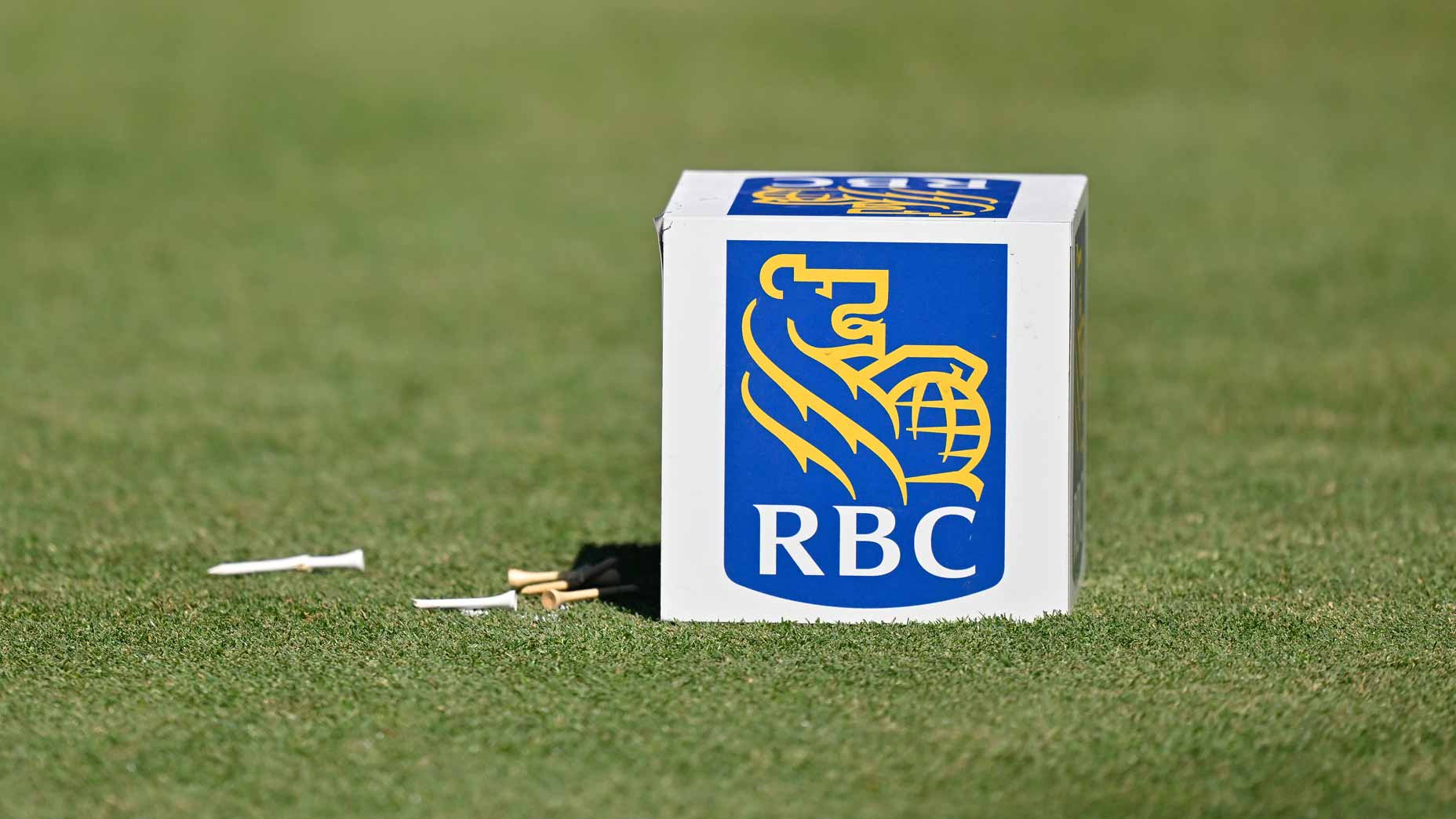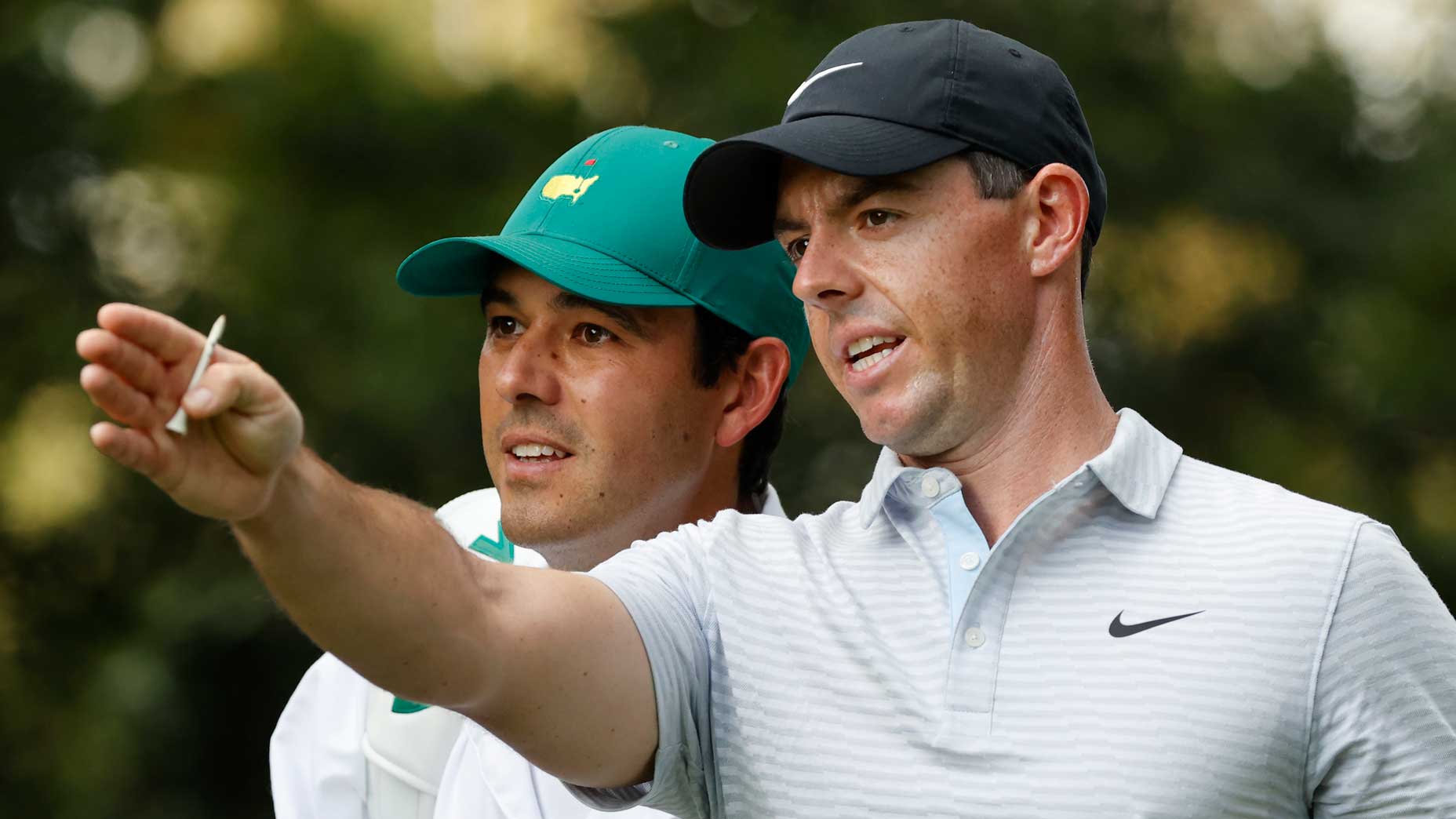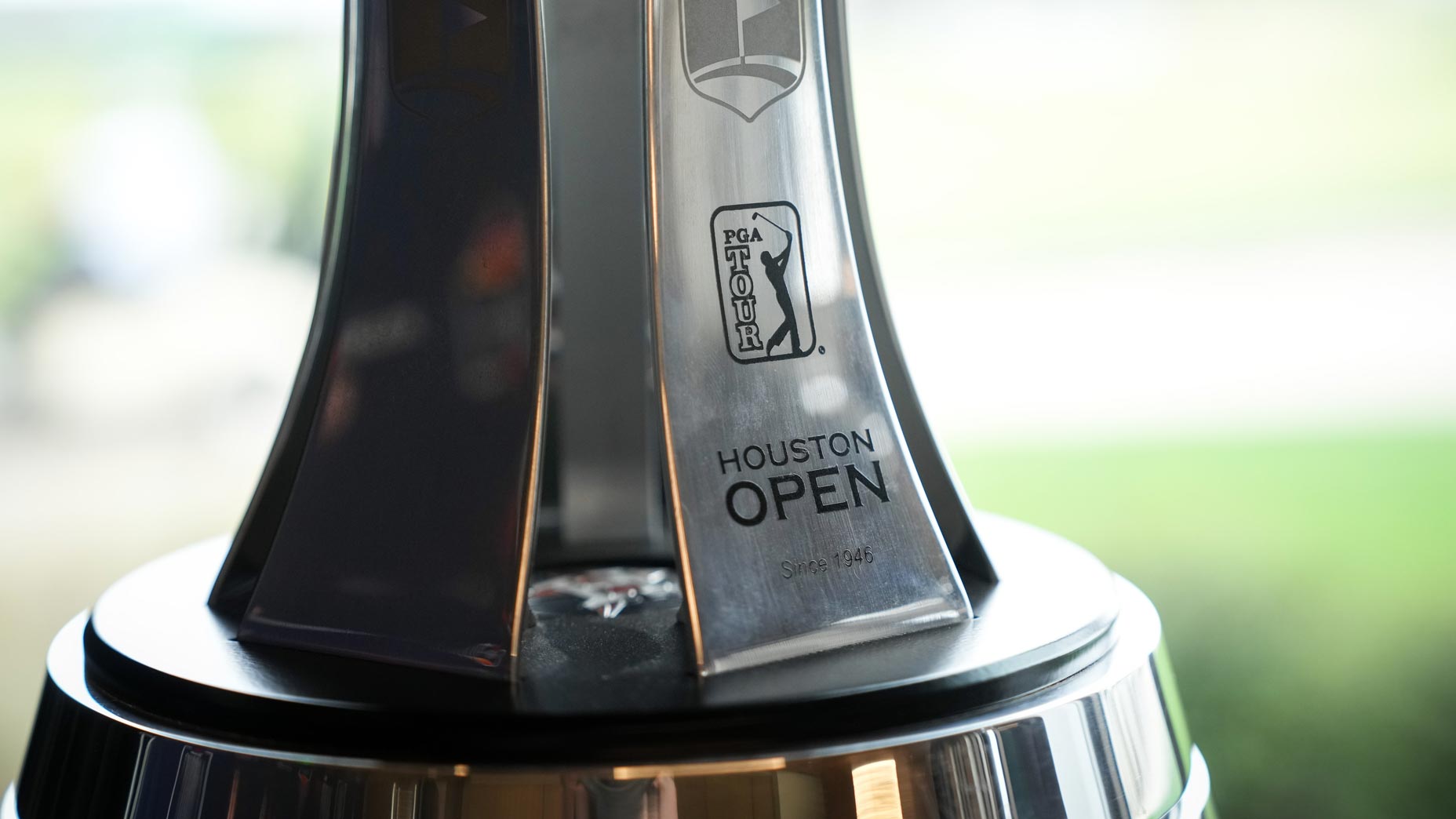 2024 Zurich Classic of New Orleans: How to watch, TV coverage, streaming info, tee times
2024 Zurich Classic of New Orleans: How to watch, TV coverage, streaming info, tee times
4 great shots from the Northern Trust Open (and how you can hit them)
There was a lot of great golf on display over the course of the week at the Northern Trust Open at Liberty National. An enviable amount, for golfers at home, who were undoubtedly left dreaming about all the wonderful shots they saw on display. Well don’t worry, because Bill Schmedes III, the Director of Instruction at Forsgate Country Club in Monroe Township, NJ, is here to explain what you can learn from some of the best shots of the tournament…
Thursday: Rory McIlroy’s High Draws
Rory shot a six-under par 65 to lead the field in Strokes Gained off the tee (+2.53). Rory is not only one of the longest drivers on tour but also the most accurate. In order to help you not only create more power, but also improve your angle of attack, and swing direction with the driver, try this drill: No club club needed!
- Set up in golf posture with arms crossed and placed on shoulders.
- Make your backswing and pause.
- Begin the downswing and pause around the time the shaft would be parallel to the ground. The knees should both regain the flex they had at setup, the hips will be rotated open, and the shoulders will be closed to the target.
- After pausing, begin the rotation then immediately use the ground and jump upwards as you continue the turn. Yes, get up in the air! When you land, the center of the hips and shoulders will be square/open to where the target line would have been. This will give you a better feel for how one should use the ground in the downswing to better improvement body.
Friday: Jordan Speth’s Shot Shape
Spieth shot a seven-under par 64 on Fruday. No surprise as he’s #2 on tour for second round scoring average! Jordan birdied the last hole of his second round by hitting a great recovery shot from the high grass, well off the fairway, with tree’s directly in his way blocking him out from the green. He ended up hitting a fantastic high draw around the trees, curving the ball into the green, giving himself a birdie look that he would make. If you’d like to be able to curve the ball on demand try this:
- Set your club face at address to where the ball should start based on the curvature you plan on achieving. For example, if you want to hit a draw (RH Golfer) the ball must start right then curve left: Place the club face slightly rightward of the target.
- After setting the club face, alter your alignments in the direction you need to swing the club on in order to see the curvature. For example, if you’d like to hit a draw (RH Golfer) the body should be closed, or rightward, of the target. If you’d like to hit a fade, set the body open to the target.
- A good drill to use: Place an alignment stick in the ground about 10ft forward of the ball on the target line. Set the face open or closed to the alignment stick and then open or close your alignments to that.
- Make natural swings from there and the club will naturally work on your body allowing for improved curvature.
Saturday: Justin Rose’s Off-Green Putts
ADVERTISEMENT
Justin Rose has become one of the best putters on the planet over the last 2 seasons, make’s a long birdie putt from off the green on his 17th hole of the day. Rose was faced with an uphill slope, on the fringe, short of the green, and instead of pulling a wedge he decided on the putter as under pressure it’s a much easier shot (amateurs take note). If you’d like to become a better putter, and implement Rose’s technique from well off the green, try working on this:
- We find the best players on tour, such as Justin Rose, create a 2:1 backstroke to downstroke ratio. That means the backstroke takes 2x the downstroke does into impact. Many of the best players on tour will have different styles, length strokes, and tempo, but they all keep the 2:1 ratio on all length putts.
- A good exercise to help you improve this is by developing an inner cadence that you can say to yourself when practicing. I like to tell my players to think “ 1 and 2″. 1 starts the stroke, AND completes the backstroke, two strikes the ball. This cadence would be the same no matter the length of putt!
Sunday: Patrick Reed’s Spinny Wedge
On the 16th hole of the final round Patrick Reed hit a fantastic low spinning wedge from about 20 yards off the green giving himself a short birdie look to maintain his lead.This play could have been the most clutch shot of the day with a charging Abraham Ancer on his heels.
Reed, from a tight lie in the fairway, decided to hit the low spinner because the landing area was on a downslope and he knew it gave him the best opportunity to leave his ball underneath the hole. How to hit this shot is one of the most asked questions I get from the club golfer! If you’d like to add the low spinning wedge to your arsenal here are a few tips:
- Make sure you have clean grooves!
- Most golfers try and hit this shot with the ball back in their stance, lots of shaft lean towards the target, tons of weight in their lead foot, and the thought of hitting downward on the ball. This will cause a strike that’s too high on the face and often actually pop the ball up. If you want to create more spin, and launch the ball lower, this is not the way to do it!
- Instead, Use your second highest lofted wedge, move the ball more forward (center-ish), point the center of your chest forward of the ball at address, take the shaft lean out of setup and the movement, and try to move the club level to the ground through impact.
- These keys will allow for a shallower angle of attack, a lower strike location on the face (more spin), and less dynamic loft at impact providing the ball to come out lower with more spin!
ADVERTISEMENT





